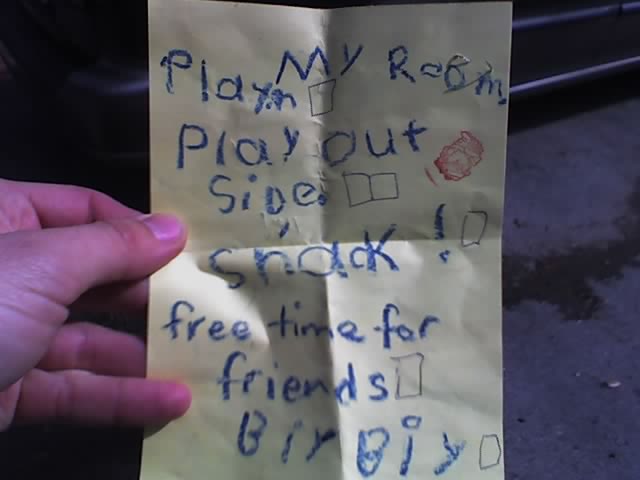
All of our emotions, both positive and negative, have an often profound physiological effect on our bodies and our brains. We are most familiar with what happens in our bodies when we are stressed out: that all-too-familiar fight-or-flight response. Something makes us feel threatened — or physically stressed, as when we deprive ourselves of sleep or catch a cold — and our body releases stress hormones, like cortisol and adrenaline.
But positive emotions like gratitude, compassion, awe, love, and other positive emotions also affect our bodies and brains, decreasing our heart rate, among other healthy things. This is why Barbara Fredrickson, a positive psychology pioneer, has famously shown that positive emotions put the brakes on the part of our nervous system that creates the deleterious stress response—what she calls the “undoing effect” of positive emotions.
Positive emotions come in a lot of different flavors. When we pursue happiness, we are usually pursuing pleasure and gratification rather than an actual positive emotion. Think about contentment, bliss, engagement, mirth, frivolity, silliness—these are all positive emotions based in the present. We can also cultivate positive emotions about the past (like gratitude) and the future (like faith, hope, confidence, and optimism). A flourishing life is also fed by positive emotions that are global in nature, like awe and elevation and inspiration. Positive emotions that connect us to other people, like love and compassion, are our most powerful positive emotions, and they are the most important ones for creating a better world and a fulfilling life.
Here’s an easy way to add more positive emotions into your life:
- Reflect on what has made you happy before. When was the last time you felt a strong positive emotion? Perhaps you felt really grateful, joyful, or excited.
- Identify the circumstances and the behaviors that sparked the emotion. Perhaps you felt hopeful listening to a TED talk, or love when a child spontaneously threw his arms around you.
- Figure out how to make that situation happen again, and — here’s the trick — schedule it. I know that this might sound a little hoaky… scheduling happiness sounds a little like scheduling sex (which is not-so-sexy). But while research shows that trying to be happier tends to backfire, consistently scheduling activities that have made you happy in the past will likely make you feel happier in the future. (How’s that for the science of the blazingly obvious?)
So whip out your calendar, please, and start planning your time around activities that bring you joy. Or inspiration. Or compassion — whatever flavor of positive emotion is lowest hanging fruit for you. Researchers call this activity “prioritizing positivity,” and it’s best done as a way to spend at least a little time each day on the things things you most enjoy.
This post draws from from my latest eCourse: The Science of Finding Your Flow: How to Create Happiness and Maximize Productivity (launching later this Spring) . If you’re invested in bringing more ease and flow into your life this year, you will love this eCourse! And if you pre-order this eCourse now, you’ll get a FREE hardcover copy of my book The Sweet Spot and $50 off! This is a steal, friends. Plus, if you want to, you’ll get to help me test out the content before the launch. Click here to pre-order The Science of Finding Flow eCourse.
Photo courtesy of Liz Henry.

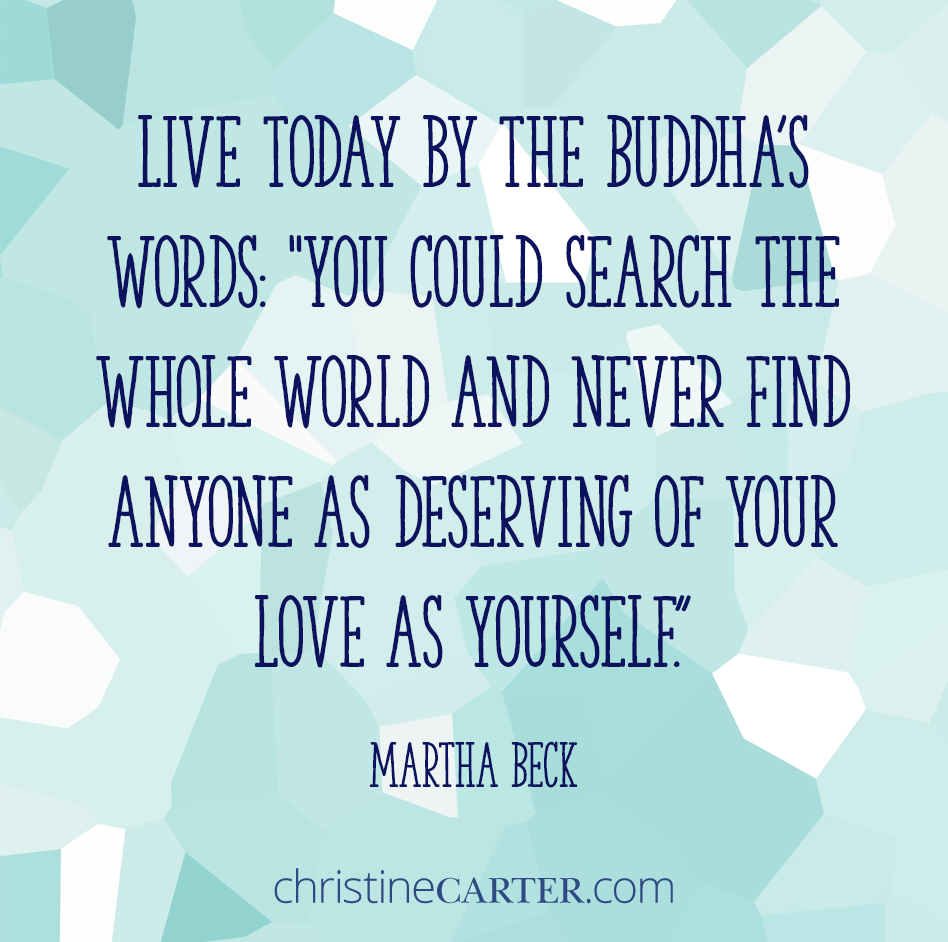 Live today by the Buddha’s words: “You could search the whole world and never find anyone as deserving of your love as yourself.” –Martha Beck
Live today by the Buddha’s words: “You could search the whole world and never find anyone as deserving of your love as yourself.” –Martha Beck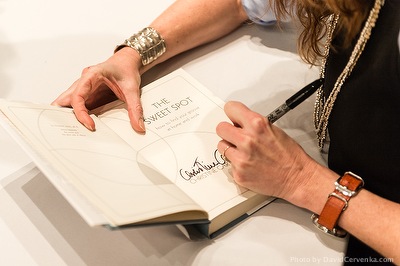
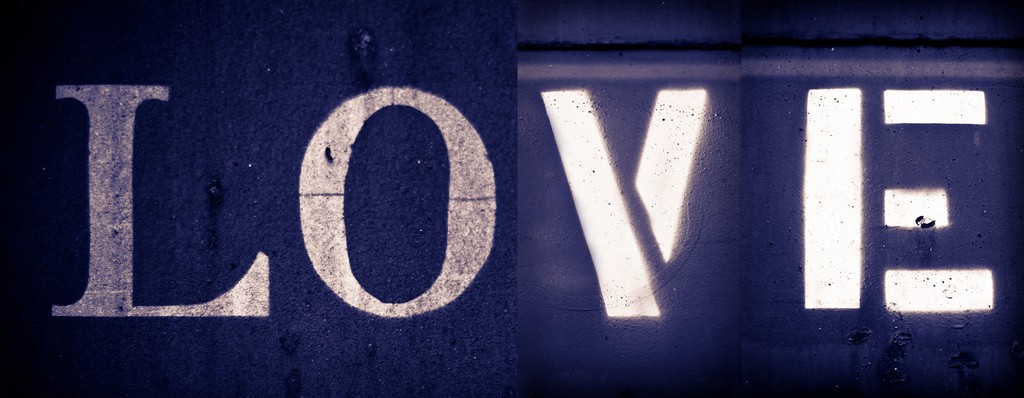
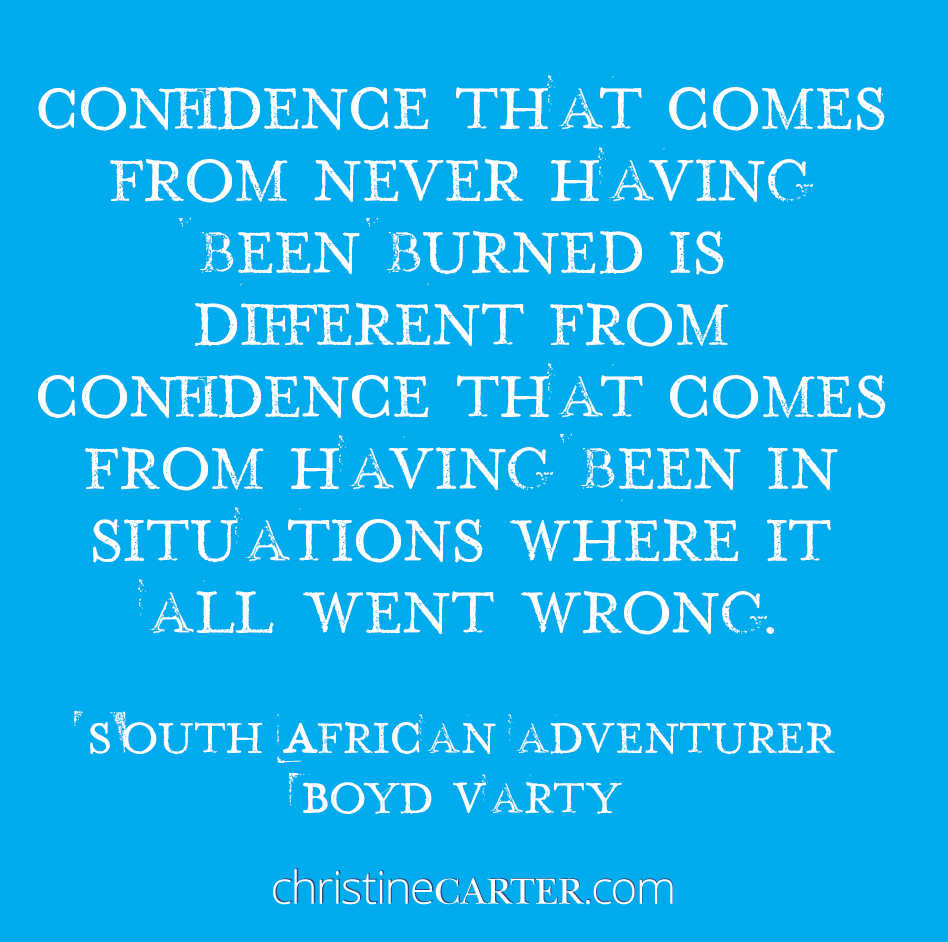 “Confidence that comes from never having been burned is different from confidence that comes from having been in situations where it all went wrong.” —South African adventurer Boyd Varty
“Confidence that comes from never having been burned is different from confidence that comes from having been in situations where it all went wrong.” —South African adventurer Boyd Varty
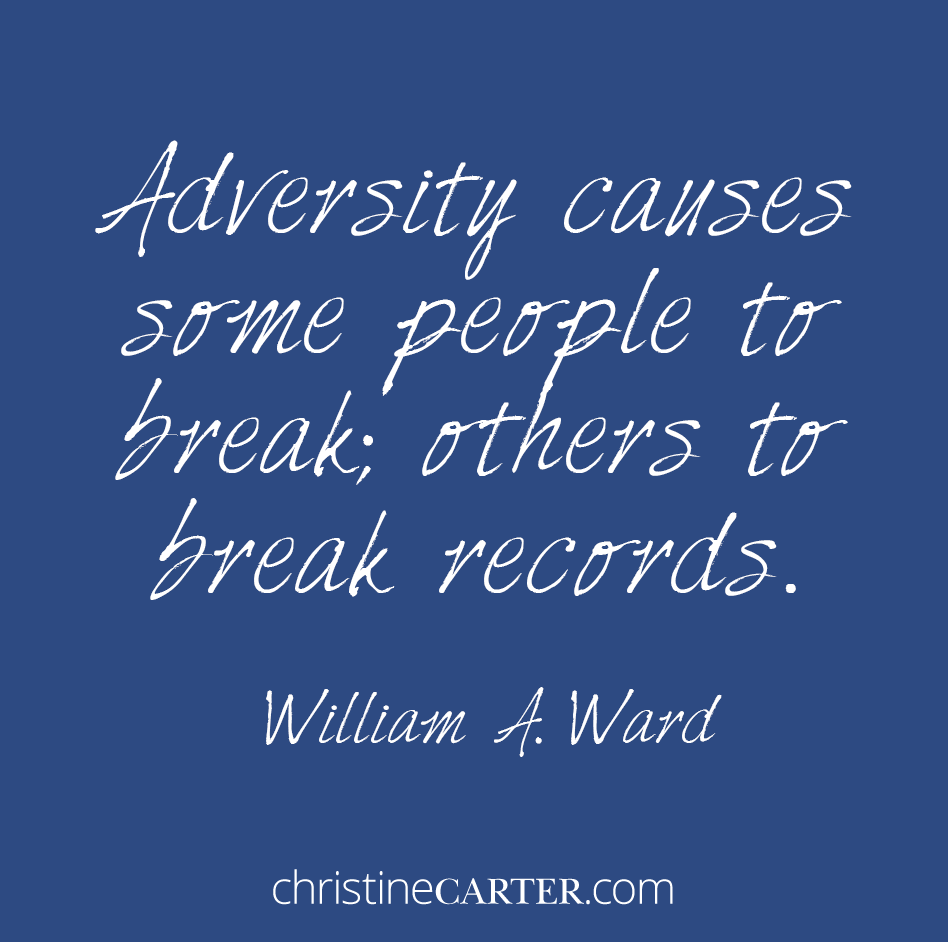 Adversity causes some people to break; others to break records. — William A. Ward
Adversity causes some people to break; others to break records. — William A. Ward